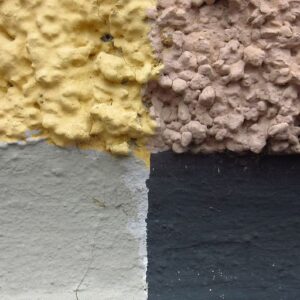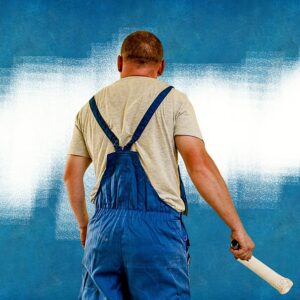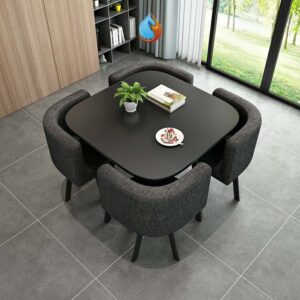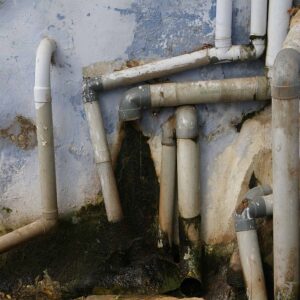Blocked drains are a common household problem that can cause frustration and inconvenience. Unfortunately, many misconceptions surround the causes and solutions of blocked drains in Oakleigh, leading homeowners to rely on ineffective methods that can worsen the problem. This blog post will address ten common misconceptions about blocked drains.
What are the Common Blocked Drain Misconceptions?
Myth #1: Pouring hot water down the drain will clear a blockage
Hot water can help to break down some types of blockages, such as those caused by grease and oil. However, pouring hot water down the drain is not a cure-all solution for all blockages. For instance, pouring hot water down a drain clogged with hair or other solid materials can worsen the problem.
The hot water can cause the solid material to become more firmly lodged in the drain, making it even harder to remove. Also, if you have PVC pipes, hot water can damage and weaken the joints, leading to leaks.
Myth #2: Flushing baby wipes are safe for your plumbing
Many assume that flushing baby wipes down the toilet is safe because they are labelled “flushable.” However, this is far from the truth. Baby wipes, even those marketed as flushable, do not break down like toilet paper. Instead, they can quickly become caught in your plumbing system, causing blockages that can be difficult to remove.
Furthermore, if the blockage is severe enough, it can cause your toilet to overflow, leading to potential water damage.
Myth #3: Chemical drain cleaners are the best way to clear a blockage
Chemical drain cleaners can be effective at breaking down some types of blockages, such as those caused by grease and oil. However, they can also be extremely harsh and damaging to your plumbing system. Chemical drain cleaners can corrode pipes, weaken joints, and even cause them to burst. Moreover, they can harm your health if they come into contact with your skin or are inhaled.
Myth #4: Using a plunger will always clear a blockage
Plungers can be an effective way to clear some blockages, such as those caused by solid materials. However, they are ineffective and can sometimes worsen the problem. For instance, using a plunger on a drain clogged with hair or other soft materials can push the blockage further down the drain, making it harder to remove.
Myth #5: Drain snakes can damage pipes
Many homeowners are hesitant to use drain snakes, also known as plumbing snakes, because they believe that they can cause damage to their plumbing systems. While it is true that a drain snake can cause damage if one misuses it, it is a safe and effective tool when used correctly. A professional plumber will know how to use a drain snake without causing damage to your pipes. A drain snake is often the best tool for removing stubborn blockages that one cannot clear with a plunger or hot water.
Myth #6: All blockages are caused by what you put down the drain
While it is true that putting the wrong things down your drain can cause blockages, not all jams occur due to user error; blockages can also occur due to tree roots growing into your sewer line or sediment buildup in your pipes. If you are experiencing frequent jams, it may be a sign of a more serious plumbing issue that needs to be addressed by a professional plumber.
Myth #7: You can use a DIY solution to fix any blocked drain
While many DIY solutions are available online to clear blocked drains in Oakleigh, not all are effective. Some DIY solutions can make the problem worse or cause damage to your plumbing system. For instance, using a coat hanger to fish out a blockage can scratch your pipes and cause them to corrode. Additionally, using a wet/dry vacuum to clear a blockage can create a seal that can damage your pipes or create a vacuum, leading to more severe problems.
Myth #8: All blockages are immediately noticeable
Some blockages can be subtle and not immediately noticeable. For example, a slow drain may be caused by a partial blockage in the pipes that is not severe enough to stop the water flow completely. However, this blockage can grow and lead to more severe problems if left untreated. It is crucial to address any signs of a potential backup, such as slow-draining water, as soon as possible to prevent more severe issues.
Myth #9: Pouring chemicals down the drain will continue the blockage
While chemical drain cleaners can effectively break down some types of blockages, they are not a preventative solution. Pouring chemicals down your drain regularly can damage your pipes and make them more prone to blockages in the long run. Furthermore, the chemicals in these cleaners can harm the environment and your health. Instead of relying on chemical solutions, it is best to take preventative measures such as regularly cleaning your pipes.
Myth #10: Blockages are only a problem in older homes
While older homes may be more prone to plumbing issues due to outdated pipes and fixtures, blockages can occur in any home, regardless of age. Even a new home with modern plumbing can experience blockages due to user error, such as flushing non-degradable items down the toilet or pouring grease down the drain. All homeowners must be mindful of what they put down their gutters.
Conclusion
Understanding the truth about common misconceptions regarding blocked drains is essential to maintaining the health of your plumbing system. Remember one cannot fix all blockages with a simple solution and that it is always best to consult a professional plumber to ensure the problem is resolved safely and effectively. By debunking these misconceptions and relying on professional help from reputable companies like Doyle Plumbing Group, you can ensure that your plumbing system stays in good working condition for years.









